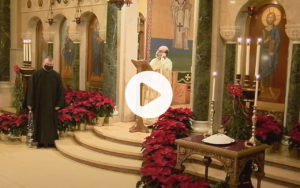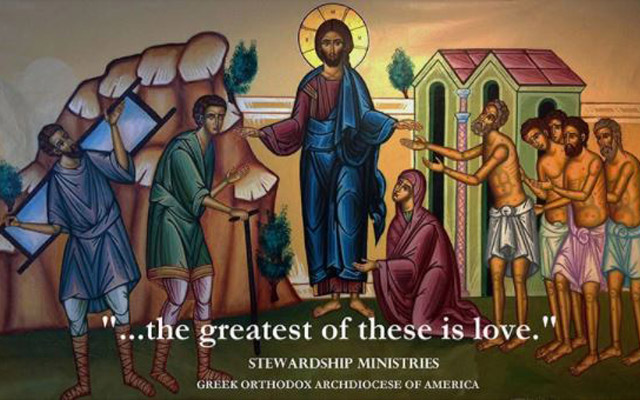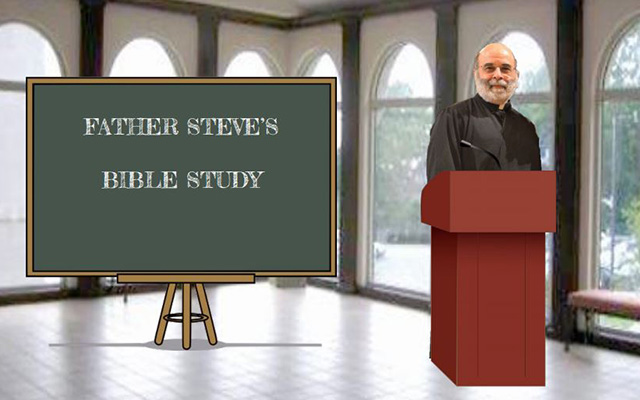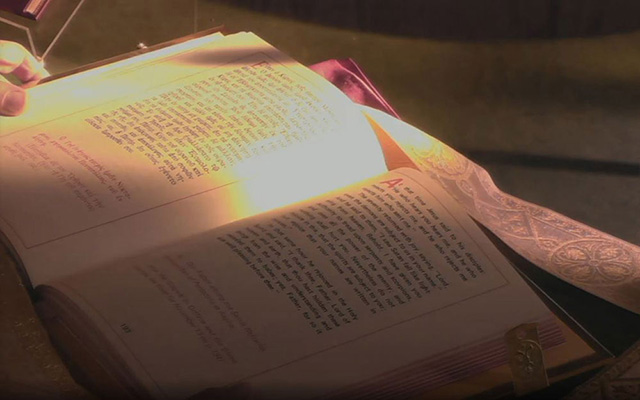The Mythic Character of Reality
By Fr. Stephen Freeman, February 14, 2019 The friendship between CS Lewis and JRR Tolkien is well-known, as is Tolkien’s role in bringing Lewis to Christ. Less well-known (unless you dig a bit further) is Tolkien’s role in bringing Lewis out of a rigid and flat understanding of the world and into the rich possibilities afforded by “myth.” Without this conversion, Lewis would likely not have become a Christian, and certainly would not have authored






